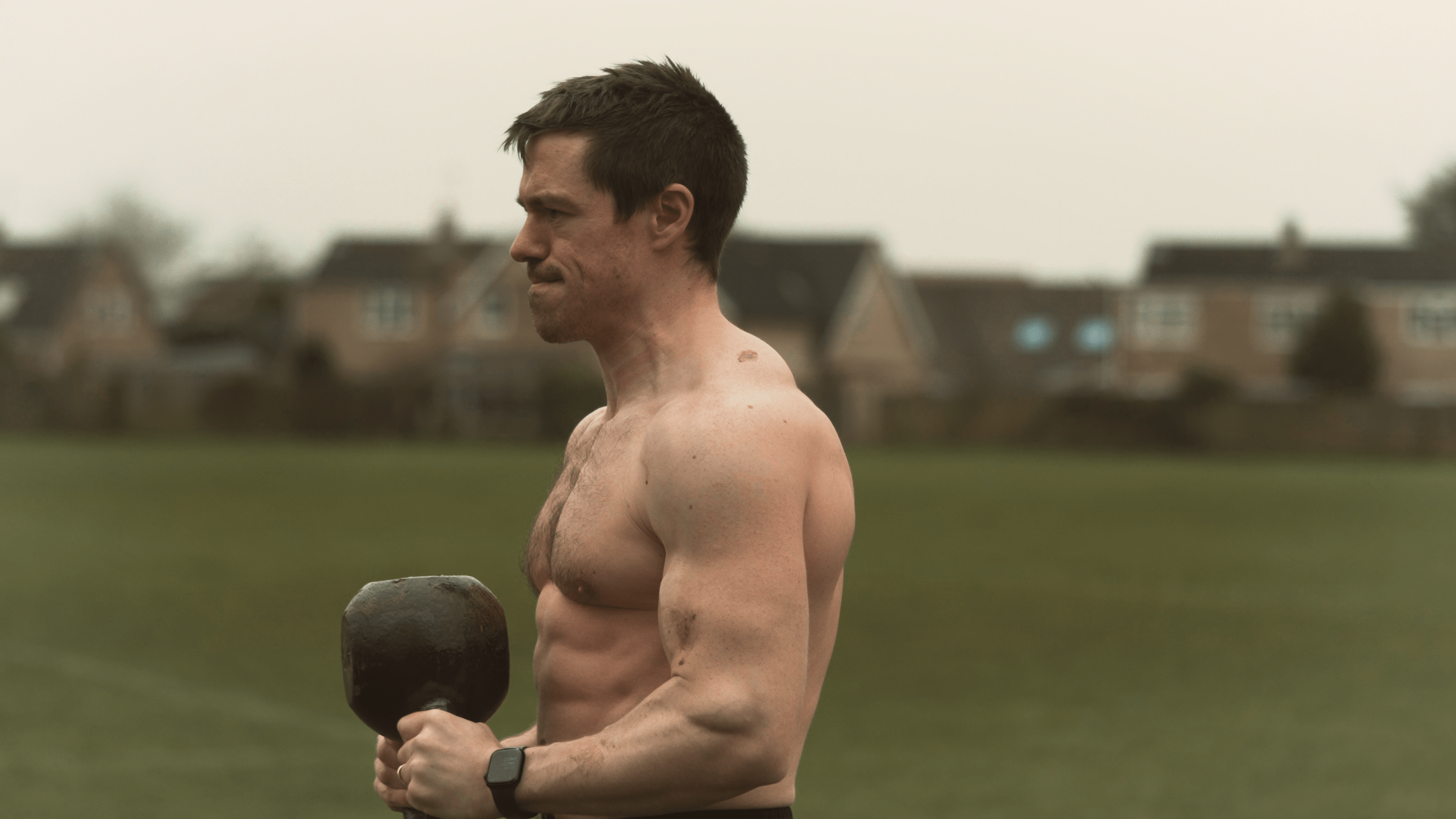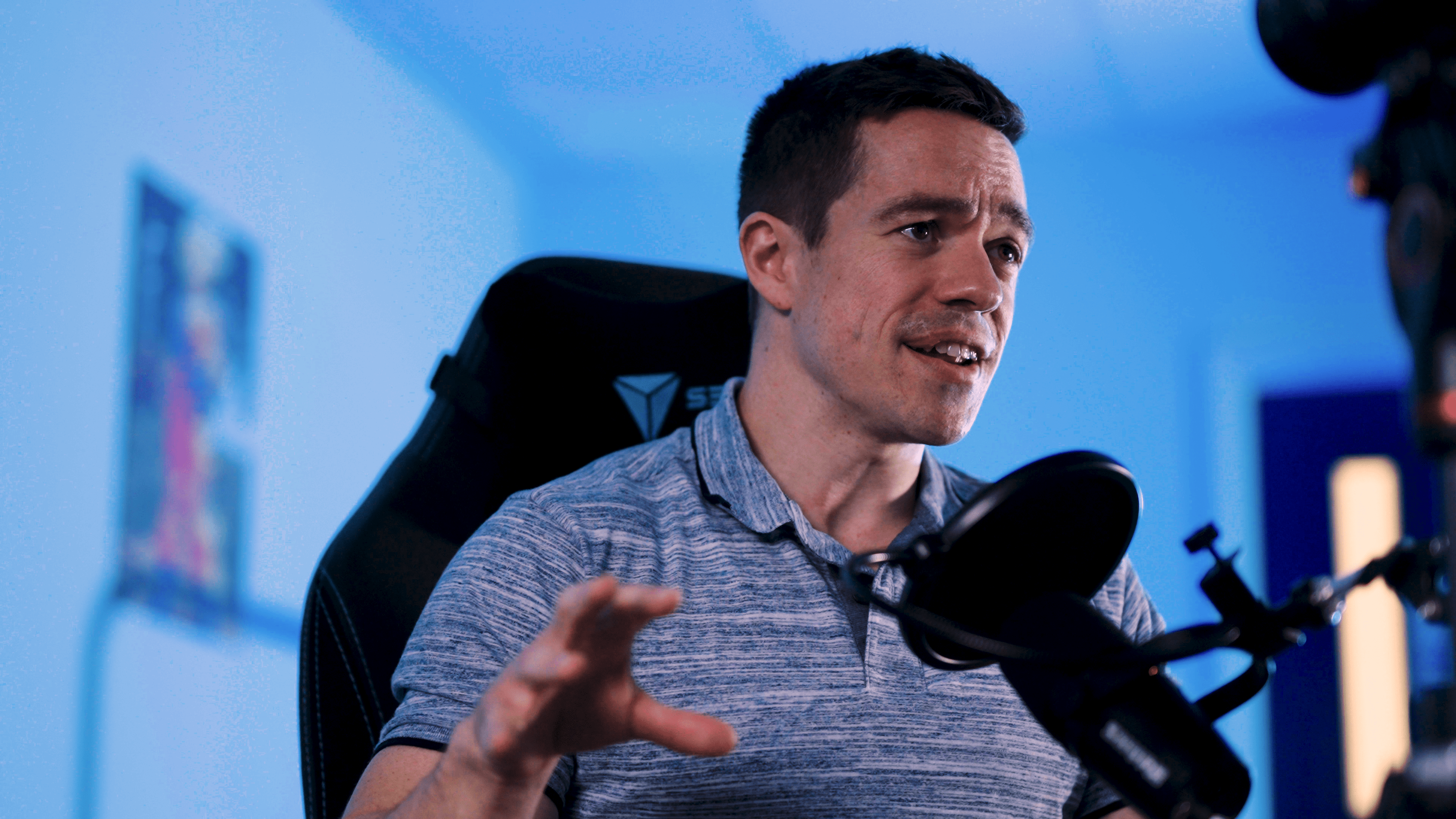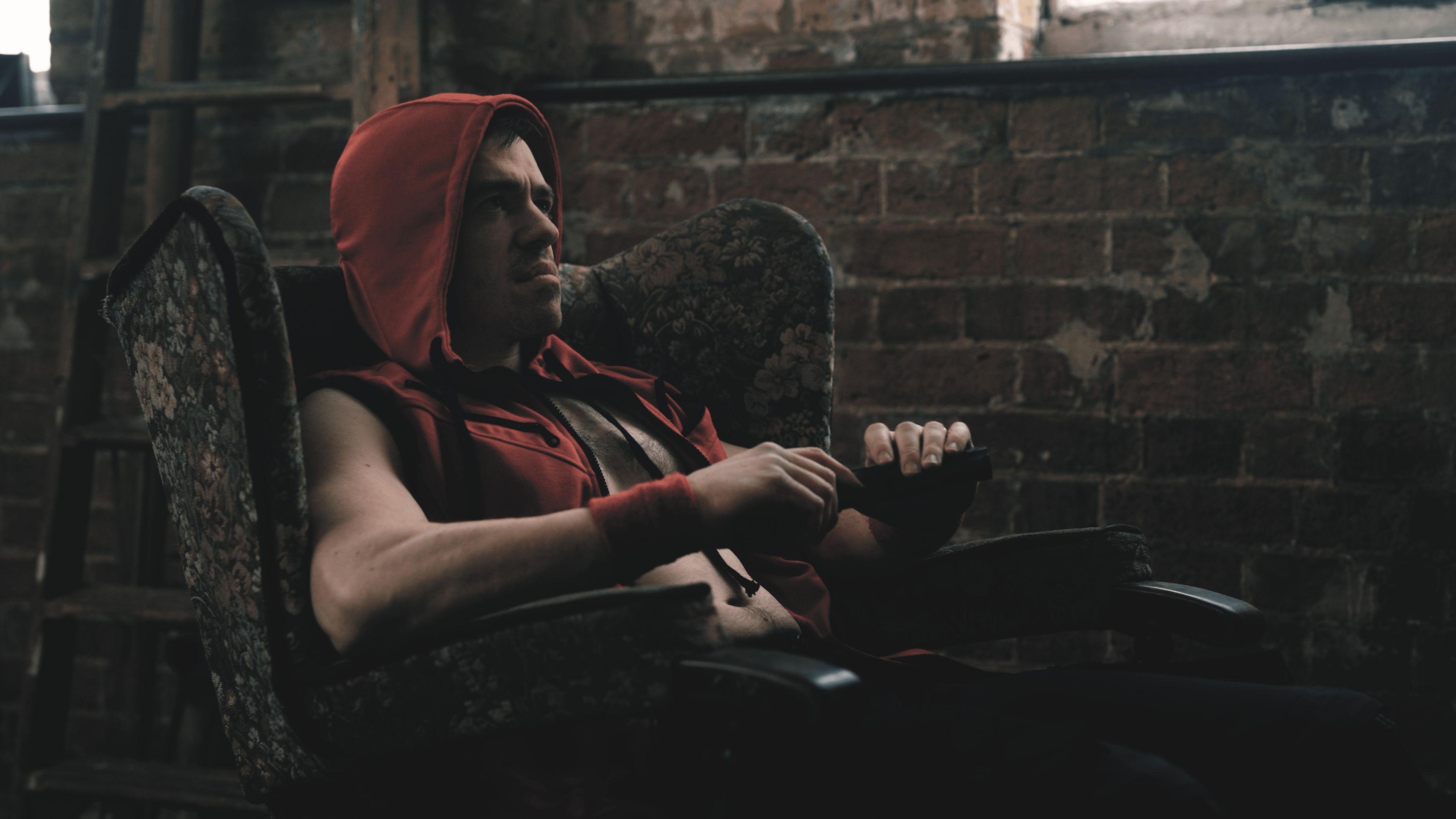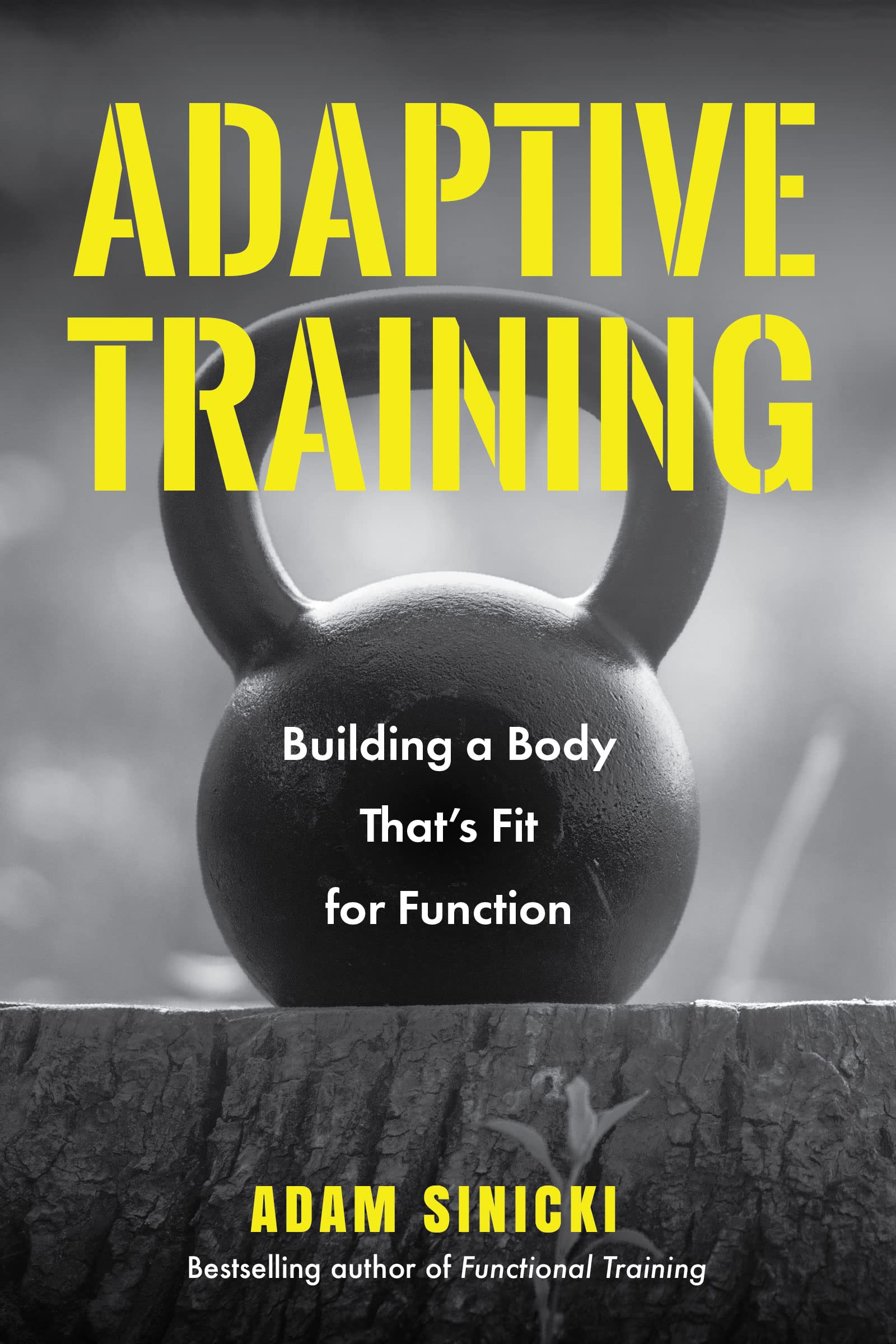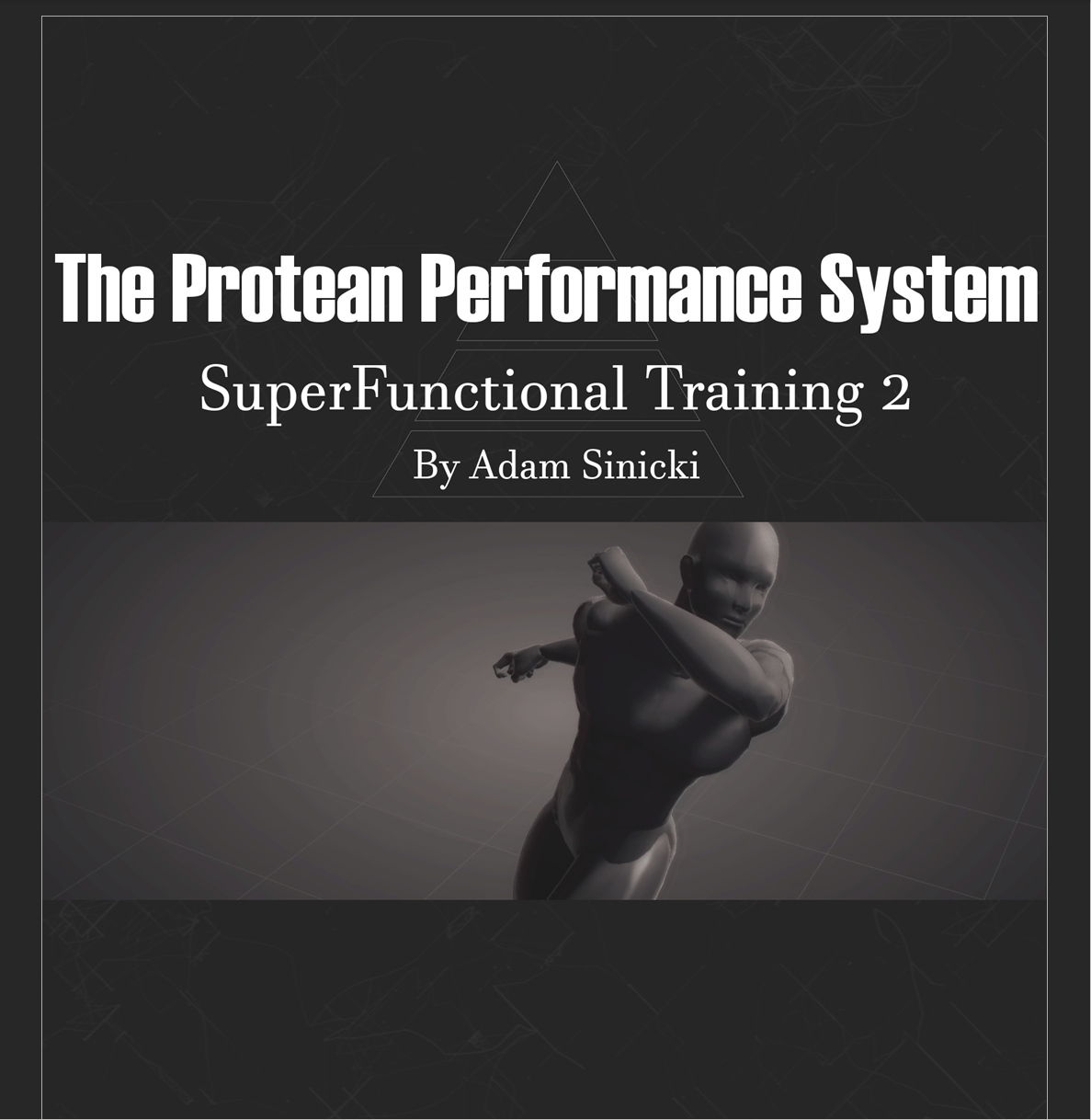- Neuroplasticity – An In-Depth Guide to How it Works and How to Transform Your Brain
- Training to Develop Synaesthesia for Improved Memory and Maths Ability (Theoretically)
- How to Train Like Bruce Lee for Insane Power and Speed
- A Complete Guide to Transhumanism
- The Surface Pro 3 – Ideal Productivity for Web Entrepreneurs
- Can You Bench Press a Dinosaur??
- The Neuroscience of Genius And Increasing Intelligence
- How Caffeine Affects Neurotransmitters and Profoundly Changes Your Brain
- A Detailed Guide to Your Brain – So You Can Start Hacking It
- Almost Every Bodyweight Exercise Ever (150+ Moves)
Why Big Biceps Are Extremely Functional
Curls, chin ups, sandbag carries, pull ups, battle ropes, rope climbing, heavy bag training, wrestling, rock climbing, tree climbing, battle ropes, planche training, lifting unusual objects…

All of these things are either explicitly biceps exercises, or they heavily involve biceps. And, as you can see, many of these things are movements we might actually find ourselves using outside of the gym.
And yet the biceps are often accused of being muscles that are just “for show.” Curls are a vanity exercise with no real benefit beyond targeted hypertrophy, right?
Well, wrong, actually. And it’s kind of ironic that this comes from the same people who obsess over how much they can bench press. It’s compound, don’t you know!
Don’t get me wrong: I actually really like bench pressing. But if I had to say which exercise has more functional carry over… I’d go for curls, any day of the week.
And now I’m going to try and convince you of the same thing.
Why Biceps Are MVPs
I use my biceps every time I carry my children. To do that, you need your arms bent, which means you’re going to be maintaining an isometric contraction in the biceps.
In fact anything you carry is going to involve at least an isometric contraction in the biceps, unless you’re carrying it with arms completely straight in-front of you.
This becomes even more true when you start trying to lift really heavy objects off the ground that aren’t designed as training implements. You can lift a barbell easy enough with no need to bend your arms. But now try lifting a heavy log off the floor without involving your biceps.
It’s almost impossible. Because you can’t fit your hand around most logs, you’re instead going to have to roll the object onto your handstand maybe your forearm. It becomes a Zercher deadlift. And you’ll need plenty of forearm strength for this, too.
To then lift the log, you’ll be maintaining that isometric contraction and likely also performing a slight curl to get the log into position.
The same goes for flipping tires. You shouldn’t be curling the tires, but of course there will be some bicep involvement. Again: all these functional lifts require strong biceps.
This is what REAL functional strength involves: multiple energy systems, multiple muscle groups, all working in tandem. The core bracing unevenly to support the lopsided weight, the hamstrings and glutes firing to lift the weight, and the biceps maintaining an isometric contraction.
An oddly shaped rock offers even more challenges in this department. One arm might be underneath the rock, the other might be wrapped around the outside. Or you might wrap both around it, at different heights.
You see, it’s not that the biceps aren’t functionally useful: of course they are. The problem is that the clinical, straight lines of the gym are a little too convenient for us to need to use our full functional strength. And this is why I say that to really challenge your strength, you need to get outside and lift something strange. That is to weight training what sparring is to bag work.
More Ways We Use the Biceps
Speaking of: how am I claiming the biceps help with boxing or hitting a heavy bag? Clearly biceps are useful for wrestling as you pull the opponent and attempt to hold them in position and apply pressure. But punching?
While the tricep, pecs, core, hips, shoulders and more all contribute to throwing out a punch, it’s the lats and the biceps that are responsible for whipping it back. This is important for translating maximum force and for preventing the arm getting trapped. It’s also why boxers typically have quite wide backs. The bicep also, therefore, plays a role in protecting the elbow from impact should you miss the target and lock out the arm.
We all know that biceps play a role in doing chin ups and pull ups. But this also means they’re important for climbing anything – including a rock face. Again: the aim is NOT to overly rely on the biceps, but they’re still heavily involves. Especially during a move like a dyno.
This all goes double for climbing a rope.
Finally, biceps are important for a lot of calisthenics and gymnastics movements. Not only your various pull up and muscle up variations, not only for rings, but also for straight arm movements. That means things like the planche, which requires the arms to be completely locked out. This places a huge strain on the biceps tendon, meaning you need dedicated training to be able to pull off this awesome feat. I’m still working towards my straddle planche and boy do you feel it in the biceps!
While this is more about tendon strength than bicep strength, you will find that bicep training carries over to some degree. Likewise, planche training offers significant bicep hypertrophy. And once you have that straight arm strength, it can translate to other things: like lower risk of bicep tear during a heavy deadlift.
So: How Do You Get Big, Functional Biceps?
So: the biceps are not just for show. In fact they’re highly useful for a wide range of activities. Moreso than many other muscle groups, even!
And, let’s be honest, they look awesome.
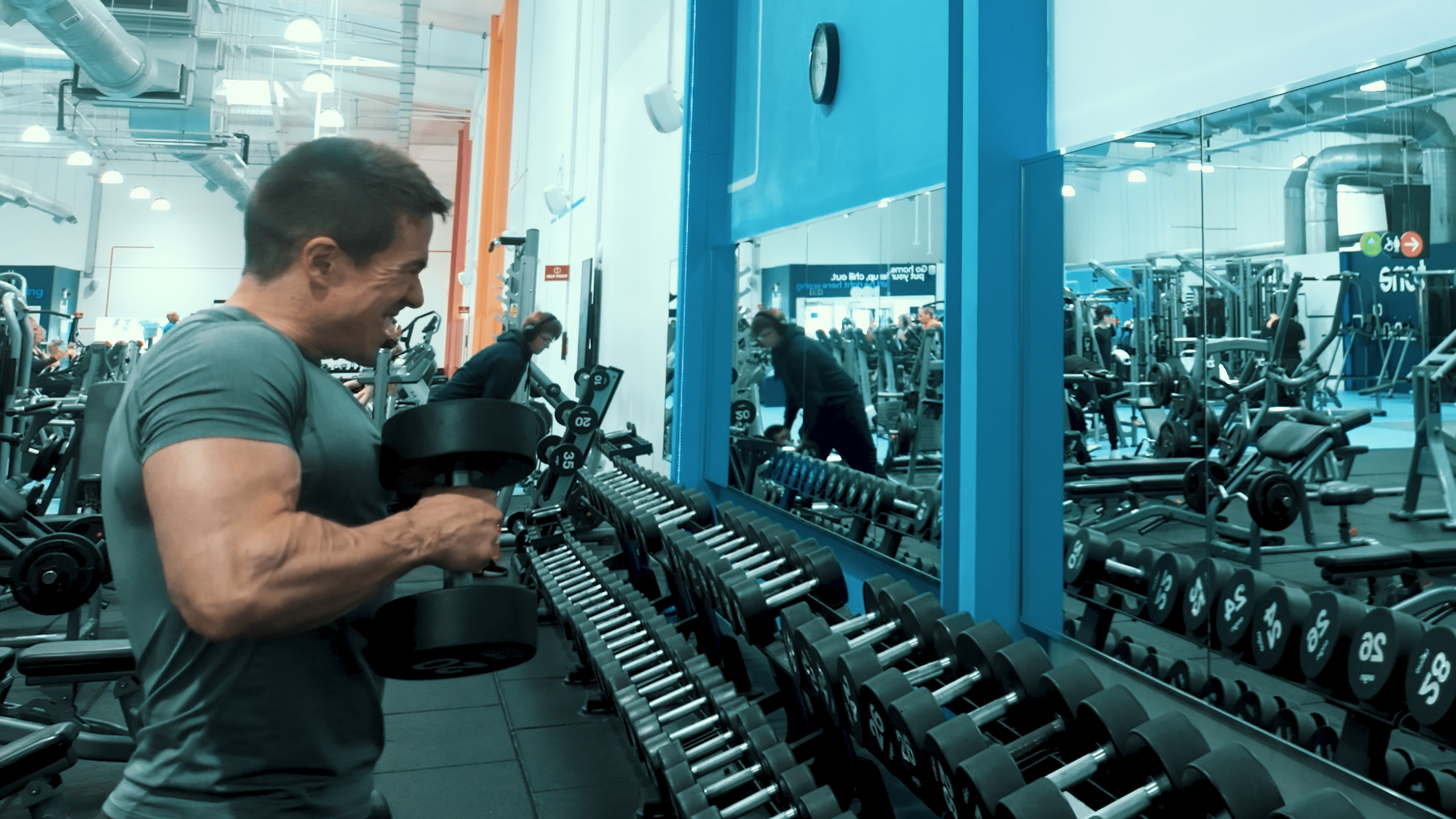
The next question, then, is how to train your biceps. The good news is that you can do this using all the activities I just suggested AND by using bicep curls. That’s right: the curl itself is actually a very useful movement.
Not only do curls directly mimic the way you use your arms when lifting and carrying a lot of things (like bags of shopping) but they also provide isolated resistance for the target muscle.
What’s more, is that using bicep curls like a bodybuilder: with higher rep ranges and potential intensity techniques such as drop sets, will help you to develop strength endurance. This is important because it means you’re developing the ability to express strength through the biceps for an extended period. And, again, this is precisely how you need to use them when
Some people claim that bodybuilding muscle isn’t “real muscle” because the muscle is large without being as strong as a powerlifter or an Olympic lifter. But the truth is that the muscle is larger because it prioritises strength endurance – still with a fair bit of strength.
The body doesn’t grow big biceps for kicks and giggles: all adaptations have a purpose.
So, yeah. If I were moving house, then I would certainly be happy asking a bodybuilder with 20” biceps to help me move.
And this is why bodybuilding IS functional. But you should know that by now: I think all training is functional, whether you’re a powerlifter, a yogi, or a runner. The only way it becomes “unfunctional” is when that’s all your doing; to the detriment of your mobility, or your cardio, or your strength in other areas.

